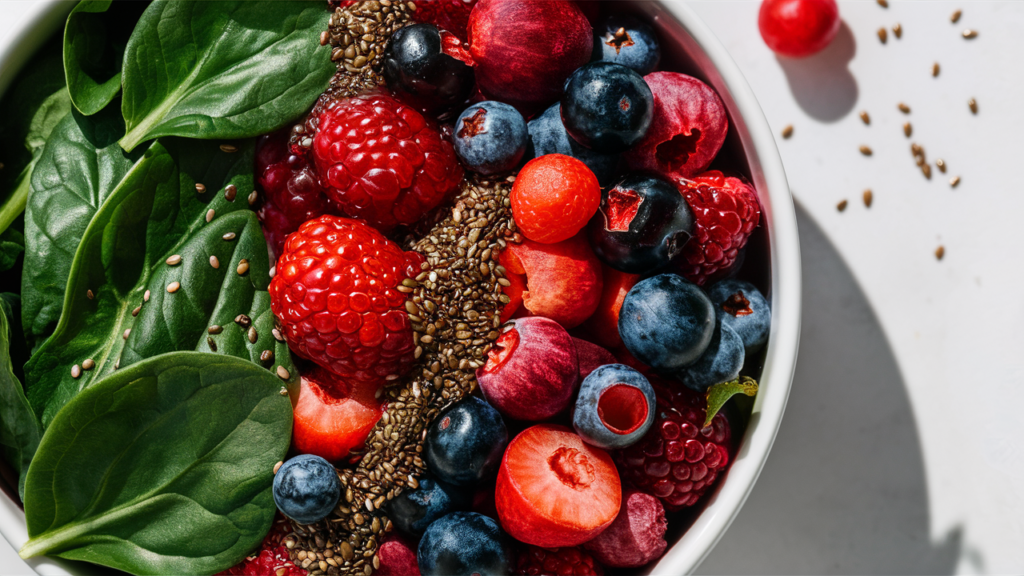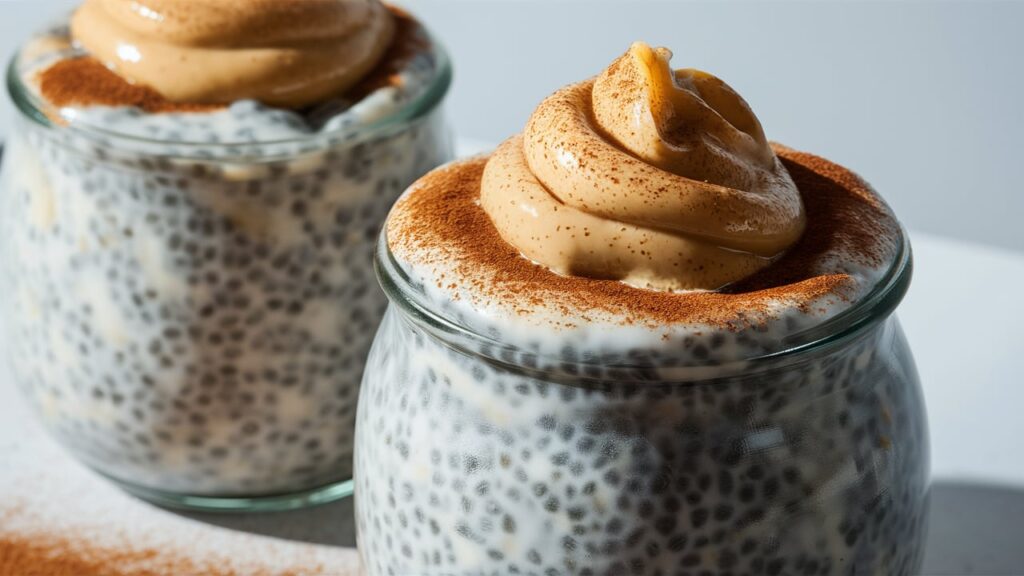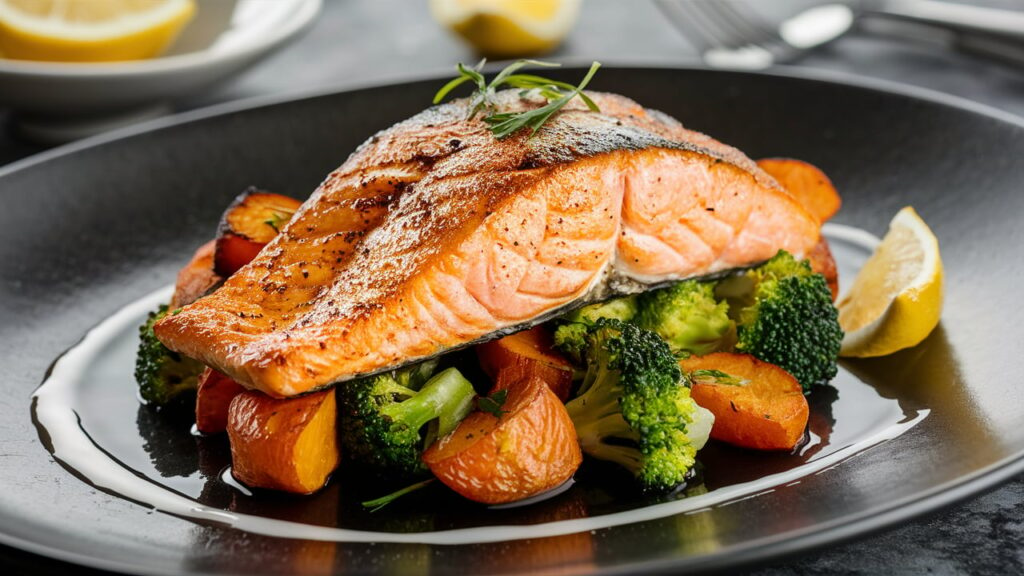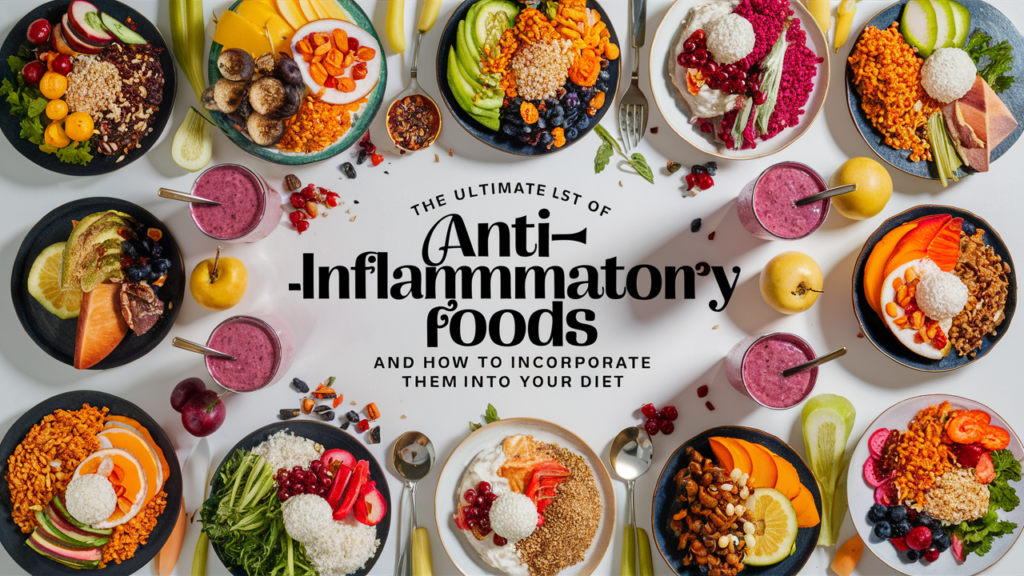Inflammation is your body’s natural response to injury or infection, but chronic inflammation can lead to serious health issues like heart disease, arthritis, and even diabetes. The good news? You can fight inflammation naturally by incorporating anti-inflammatory foods into your diet. These foods are packed with antioxidants, healthy fats, and other nutrients that help reduce inflammation and promote overall health.
In this guide, we’ll walk you through the ultimate list of anti-inflammatory foods and share practical tips on how to easily add them to your daily meals. Let’s get started!
What Are Anti-Inflammatory Foods?
Anti-inflammatory foods are rich in compounds like antioxidants, omega-3 fatty acids, and polyphenols that help reduce inflammation in the body. They’re often whole, unprocessed foods like fruits, vegetables, nuts, seeds, and fatty fish. By eating more of these foods, you can help your body combat inflammation and feel your best.

The Ultimate List of Anti-Inflammatory Foods
Here’s a breakdown of the best anti-inflammatory foods, categorized for easy reference:
1. Fruits
- Berries: Blueberries, strawberries, raspberries, and blackberries are packed with antioxidants called anthocyanins.
- Citrus Fruits: Oranges, lemons, and grapefruits are high in vitamin C, which helps reduce inflammation.
- Pineapple: Contains bromelain, an enzyme known for its anti-inflammatory properties.
How to Add Them:
- Add berries to your morning oatmeal or smoothie.
- Squeeze lemon juice over salads or grilled fish.
- Enjoy pineapple as a snack or in a tropical smoothie.
2. Vegetables
- Leafy Greens: Spinach, kale, and Swiss chard are rich in vitamins and minerals.
- Cruciferous Vegetables: Broccoli, cauliflower, and Brussels sprouts contain sulforaphane, a powerful anti-inflammatory compound.
- Sweet Potatoes: High in beta-carotene, which converts to vitamin A in the body.
How to Add Them:
- Toss leafy greens into soups, stews, or smoothies.
- Roast cruciferous veggies with olive oil and garlic for a tasty side dish.
- Bake sweet potatoes and top them with a sprinkle of cinnamon.
3. Healthy Fats
- Avocado: Packed with monounsaturated fats and vitamin E.
- Olive Oil: Rich in oleocanthal, which has similar effects to ibuprofen.
- Nuts and Seeds: Almonds, walnuts, chia seeds, and flaxseeds are great sources of omega-3s.
How to Add Them:
- Spread avocado on whole-grain toast or add it to salads.
- Use olive oil as a dressing or for sautéing vegetables.
- Sprinkle nuts and seeds on yogurt, oatmeal, or smoothie bowls.

4. Protein Sources
- Fatty Fish: Salmon, mackerel, and sardines are high in omega-3 fatty acids.
- Legumes: Lentils, chickpeas, and black beans are rich in fiber and plant-based protein.
- Tofu and Tempeh: Great plant-based options for reducing inflammation.
How to Add Them:
- Grill or bake salmon for a quick dinner.
- Add lentils to soups or salads for extra protein.
- Stir-fry tofu with colorful veggies for a healthy meal.
5. Herbs and Spices
- Turmeric: Contains curcumin, a potent anti-inflammatory compound.
- Ginger: Known for its ability to reduce inflammation and soothe digestion.
- Garlic: Packed with sulfur compounds that fight inflammation.
How to Add Them:
- Add turmeric to soups, curries, or golden milk.
- Grate fresh ginger into tea or smoothies.
- Use garlic to flavor roasted vegetables or homemade sauces.
How to Incorporate Anti-Inflammatory Foods into Your Diet
Here are some simple tips to make these foods a regular part of your meals:
- Start Small: Add one or two anti-inflammatory foods to your diet each week. For example, swap your morning cereal for a berry and spinach smoothie.
- Meal Prep: Prepare batches of roasted vegetables, cooked quinoa, or grilled salmon to use throughout the week.
- Snack Smart: Keep nuts, seeds, and fresh fruit on hand for easy, anti-inflammatory snacks.
- Experiment with Spices: Use turmeric, ginger, and garlic to add flavor and health benefits to your meals.
- Stay Hydrated: Drink plenty of water and consider adding lemon or cucumber for an extra anti-inflammatory boost.

Sample Anti-Inflammatory Meal Plan
Here’s an example of how you can incorporate these foods into a day of eating:
- Breakfast: Berry and spinach smoothie with chia seeds.
- Lunch: Grilled salmon salad with leafy greens, avocado, and olive oil dressing.
- Snack: A handful of walnuts and an orange.
- Dinner: Roasted sweet potatoes, broccoli, and tofu stir-fry with turmeric and garlic.
Final Thoughts
Incorporating anti-inflammatory foods into your diet doesn’t have to be complicated. By focusing on whole, nutrient-dense foods like fruits, vegetables, healthy fats, and lean proteins, you can reduce inflammation and improve your overall health. Start small, experiment with new recipes, and enjoy the delicious flavors and benefits these foods have to offer.



